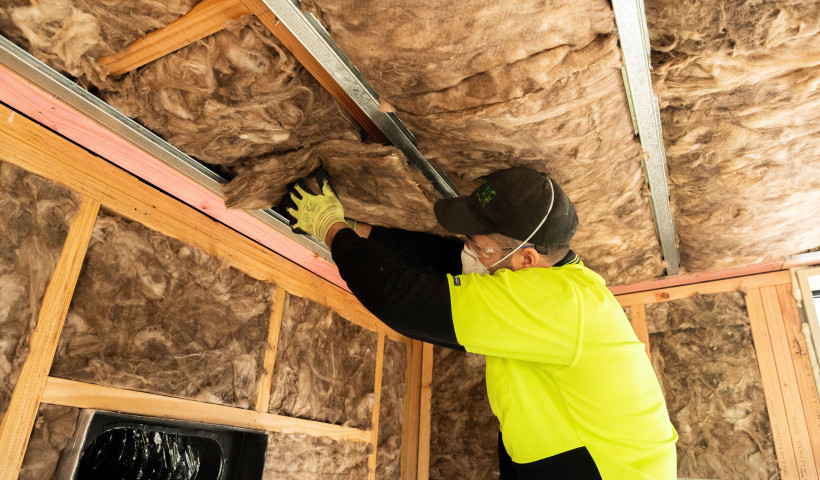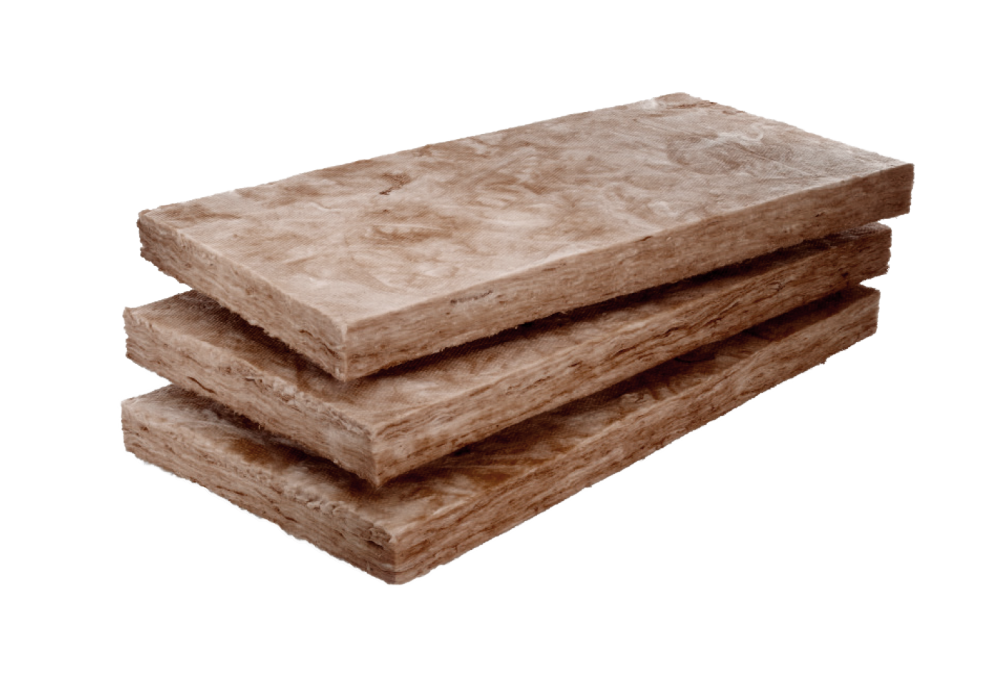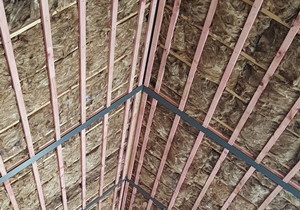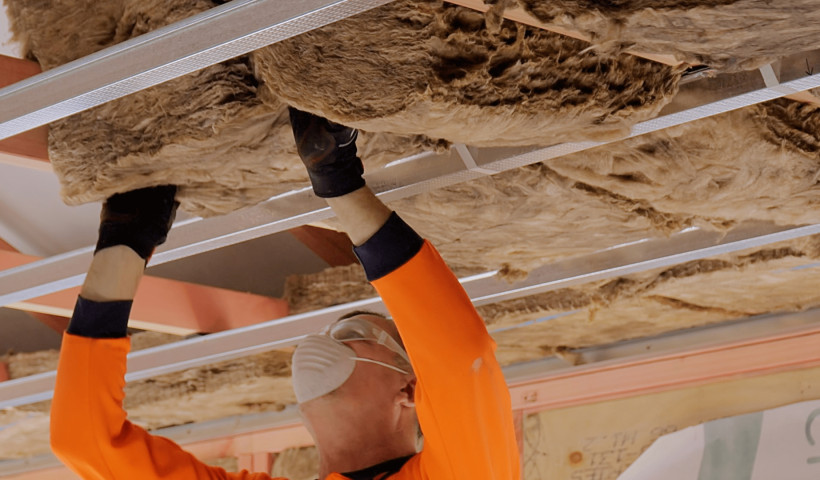
Energy efficiency is critical for new buildings as the New Zealand construction industry continues to take steps to deliver more environmentally friendly, energy-efficient builds. Under the revised H1 code, changes have been made to the roof insulation requirements for housing and small buildings under 300m² to meet the updated standard. Across all climate zones, building insulation must now meet R6.6 construction values. However, this can be a challenge for skillion roof installations depending on calculation methods and the rafter depth.
Guy Manthel, Technical Product and Compliance Manager, Knauf Insulation, said, “There are three primary methods that can be used to properly insulate skillion roofs: the schedule method, modelling method, and calculation method. The schedule method specifies minimum R-values for building envelope components depending on construction type and climate zone. Comparatively, the calculation method calculates heat loss to identify R-value requirements while comparing results with reference buildings. The more flexible modelling method lets installers demonstrate H1 compliance by comparing proposed energy use against reference buildings.”
Achieving the R6.6 construction value in a skillion roof can be a challenge due to the cavity depth provided by the rafters, and where thermal performance can be significantly affected by thermal bridging. For example, due to its construction, a skillion roof would require a 290mm rafter to accommodate an R7.4 insulation product and achieve compliance with the minimum R6.6 construction value within the existing rafter depth. The R6.6 construction value can also be achieved with a 240mm rafter and the addition of a 45mm R1.3 additional internal insulation layer, The additional layer has a positive impact through an additional thermal contribution and a reduction in thermal bridging.
Meanwhile, modelling and calculation methods let lower roofing thermal values be offset by higher wall and underfloor values.
New skillion roof insulation products maximise the thermal contribution in the given rafter depth. For example, an R7.4 product that’s suitable for a 290mm rafter achieves thermal values above R6.6 requirements, making it suitable for the schedule method and use in modelling and calculation methods.
Guy Manthel said, “Regardless of the compliance method, installers must consider key elements including roof ventilation, and the required separation between the membrane and insulation.”
To help overcome the challenges of insulating skillion roofs, Knauf Insulation has developed a range of H1-compliant skillion roof products which are designed to maximise the thermal contribution in the given rafter depth, helping the New Zealand construction industry achieve compliance with ease.













 Case Studies
Case Studies


















 Popular Products from Knauf Insulation
Popular Products from Knauf Insulation


 Most Popular
Most Popular


 Popular Blog Posts
Popular Blog Posts